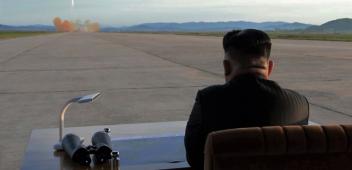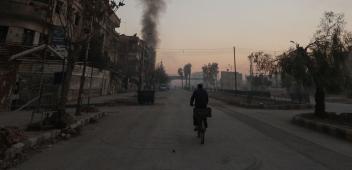Nuclear weapons and American strategy in the age of Obama
Did the 2010 US Nuclear Posture Review (NPR) get it right? In this Lowy Institute Analysis, Visiting Fellow Hugh White argues that – contrary to what has been widely assumed – the NPR does not significantly reduce the role of nuclear weapons in America’s strategic posture. In particular, it does not properly address the central question of how to prevent nuclear strategic issues destabilising the US-China relationship.

- The 2010 Nuclear Posture Review claimed to balance continued deterrence with a reduced role for US nuclear weapons.
- But its assumes that US conventional military superiority will endure – this is not assured as China rises.
- And it seems to expand Washington’s commitment to use nuclear weapons to help allies and partners.
Executive Summary
Barack Obama’s Nuclear Posture Review (NPR) leaves the most important questions about America’s nuclear forces unanswered. Despite Obama’s aspirations to abolish nuclear weapons, the new NPR does not significantly reduce their roles in America’s strategic posture, and in some ways even seems to expand them.
The NPR envisages no early reduction in the role of nuclear weapons in conflicts with states that possess or are deemed to be seeking nuclear weapons – the only ones that nuclear forces might have been used against anyway. The hopes it expresses for a smaller role for nuclear weapons in the longer term presuppose that America’s edge in conventional capabilities expands in future, which is far from assured. It prioritises the problems of nuclear proliferation and nuclear terrorism, but offers no new ideas about how to manage them.
It appears to expand America’s commitment to use nuclear weapons to help defend allies and partners, and it evades the really central question of how to prevent nuclear strategic issues destabilising the US-China relationship. Most fundamentally, it fails to embed US nuclear strategic policy in a robust and credible vision of America’s role in a rapidly changing world.
This publication is supported by the Lowy Institute’s partnership with the Nuclear Security Project. www.nuclearsecurityproject.org



